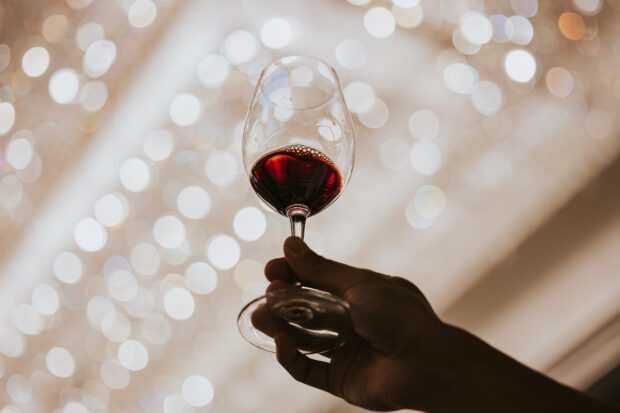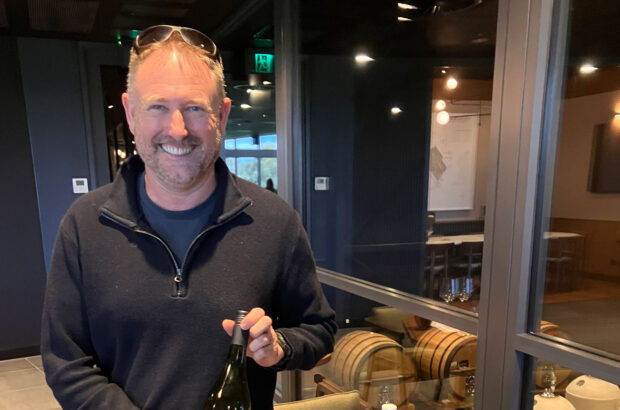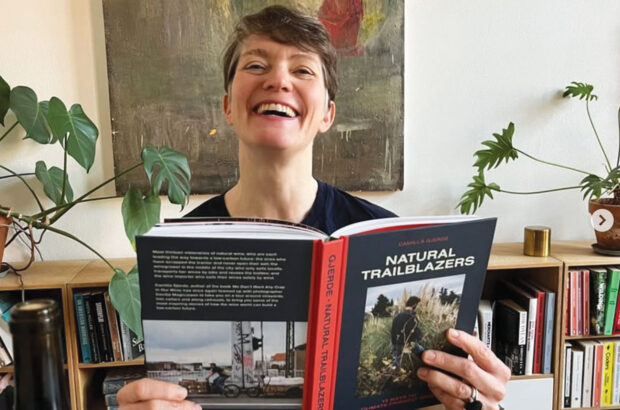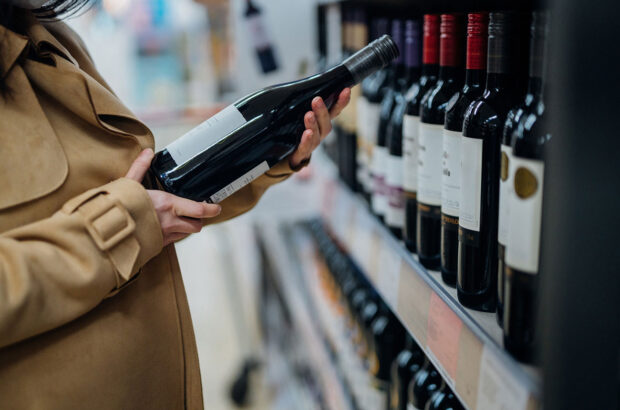But let’s face it, even amongst Decanter readers, only the most hardcore drinks geek would want to spend most of their vacation standing in a dark cellar. At least not unless they were angling for a divorce.
It’s probably more realistic to view these visits as being more like a nugget of luxury to be worked towards after a day spent doing something else.
And how much more perfect, then, in these health- and experience-driven times if those pre-winery activities are energetic, even a bit adrenaline-filled?
Just like a great drink, holidays, too, are all about balance. A ‘vin yang’ thing, if you like.
So here are six memorably great days for wine lovers holidaying in the northern hemisphere this summer, that perfectly combine stimulation and degustation no more than an hour apart. So you can easily combine the physical and the sybaritic in the same day without spending hours in a car.
Six wine travel ideas for the best of both worlds
Bordeaux, France

La Dune du Pilat. Credit: aluxum / iStock / Getty Images Plus
It’s easy to be seduced by the big names and grand chateaux of Bordeaux and forget that away from the slumbering cellars full of claret there are some inspiring natural elements that are well worth a few days of anyone’s time. The Bassin d’Arcachon (Arcachon Bay) is a great place to explore with 300km of (flat) cycle paths, oyster farms, boat/kayak trips, and an awful lot of birdlife.
Whatever you plump for, you should surely add in the chance to climb Europe’s highest sand dune, La Dune du Pilat, which provides a panoramic view of the whole area. There are steps to help you up the 100m summit, or if you’re feeling particularly fit/foolhardy you can freestyle it up the sand.
After a day of oysters/boating/dune climbing you may feel in need of a bit of pampering, and happily Château Smith Haut Lafitte in Pessac-Léognan is just 60km away. As well as affordable cellar tours, it also boasts the justly famous Sources de Caudalie luxury spa hotel with two-star Michelin restaurant.
Cognac, France

Cognac, France. Credit: MediaProduction / E+ via Getty Images
Wine-growing regions are often best seen from the air where you can fully appreciate their geography. Small planes are good – but a hot air balloon is even better. Cap Montgolfière ‘flights’ take off seven days a week from three locations in and around Cognac at sunrise in the morning or two hours before sunset.
You need to allow 3-4 hours for the safety briefing, flight, packing up the balloon and return to the departure point – but provided the weather doesn’t scupper plans, it’s a wonderful way to get a unique take on the region.
The morning flight will leave plenty of time to visit one of the many distilleries in the town. The big four – Hennessy, Martell, Rémy Cointreau and Courvoisier – have a huge range of well put-together visits available from the basic to the wallet-busting (bottomless Louis XIII anyone?). But a visit to the artisanal, family-owned Cognac Painturaud Frères in nearby Segonzac makes a nice counterpoint to the big-name bling.
Rioja, Spain

Cañón de Leza. Credit: MediaProduction / iStock / Getty Images Plus
With its rivers, mountains and hilltop villages, Rioja rewards exploration. And what could be better than canyoning in the Cañón de Leza? Kitted out in a wetsuit, boots and helmet, you wade along the river, slide down water-smoothed rocks and Tarzan-yell as you leap into pools. The more adrenaline-filled elements are optional, so if you just want to splash through the ravine and enjoy the scenery you can.
It’s organised by the outdoor adventure company, Logroaventura, who also offer rafting, kayaking, paddle boarding and river tubing so there should be something for everyone.
None of these activities are far from the city – and some are actually on the Río Ebro itself, so once you’re finished you can swiftly ensconce yourself in the surroundings of one of Rioja’s great names – Bodegas Marqués de Murrieta just 6km east of Logroño.
The heritage doesn’t come cheap – it’s €70 for a three-wine tasting plus visit to the winery and museum. But one of the big advantages of being this close to the city is that once you’ve finished you can quickly reward yourself with a lengthy, riotous and cheap tapas crawl down the famous Calle Laurel.
Pfalz, Germany

Neustadt an der Weinstrasse. Credit: Sina Ettmer / Alamy Stock Photo
There are few places where the outdoors and a wine route coincide so beautifully as the Pfalz. Its forest is a UNESCO accredited biosphere reserve and the almost 1,800 square kilometres offer excellent hiking and mountain bike routes to appeal to everyone, from adrenaline junkies to sedate trundlers.
The Woogbach Loop has the advantage of starting from Neustadt an der Weinstrasse’s station. And while it isn’t super short at 48km, its mostly flat and features lots of mature woodland and gently ambling streams to keep the legs pumping.
There’s no shortage of great wineries in the area though their ‘visit’ options aren’t always straightforward. Müller-Catoir, for instance, is only 3km from the station and while you can taste for free, guided tours are €18.60 per person but with a minimum fee of €186 for groups of nine or fewer. So if there are ten of you it’s a bargain. If you’re a couple it can work out a bit pricey should no-one else sign up!
If you want to properly kick back after a day in the saddle, head 40km south to Niederhorbach in the southern Pfalz. The WeinHotel Fritz Walter has saunas, hammocks and an infrared cabin as well as lots of wine and a restaurant to help restore lost carbs and ease away the lactic acid.
Alto Adige, Italy

Lago di Carezza. Credit: Putt Sakdhnagool / Moment via Getty Images
If you like wine and nature, then the Dolomites should be on your radar. Winter ski resorts turn into outdoor playgrounds in the summer, with cable cars whizzing people from A to B for high quality climbing, hiking and general view appreciation. Plus the wines are typically light and fresh in style – perfect after a day of alpine activity.
Surrounded by jagged peaks and fir forests, Carezza, less than 30km or so from the town of Bolzano offers inspiring hiking and mountain-biking trails scattered round one of Europe’s most beautiful lakes. The Tschein link is an 11km ride from the resort to the eponymous chairlift, and has the advantage of more downhill (-898m) than uphill (+483m).
Pitzner Winery, in a former arms factory on the edge of Bolzano is well worth a look. A small producer with a playful attitude, interesting wines, an enoteca and a sauna. Its self-catered cabins also make it a viable base for the area.
Washington State, USA

Credit: David Tonelson / Alamy Stock Photo
Washington State is the Great Outdoors writ large. Big spaces, big sky, huge rivers, towering mountains.
If you are looking for 5 hours of fresh air, exercise and mountain views not far from Seattle, the Lake Serene Trail is a fine option. An 11km hike with over 700m of climb (steep at the end), it snakes through woods and meadows to the aptly named alpine lake, offering great vistas as it goes.
Though in the heart of the Cascades, it’s a straightforward 60km drive from Woodinville. Some 130 Washington wineries have their cellar doors here to save coast-dwellers the long drive along Highway 2 to wine country.
DeLille, in a former brewery, offers slickly polished Cabernets from top Washington vineyard sites; LATTA Wines‘ offerings are cheaper, quirkier and small-production. Do both if you can.
The Columbia River marks Washington State’s southern border. The town of Hood River (actually in Oregon) is a watersport lover’s paradise and particularly good for white water rafting. Wet Planet offers half-day and full-day trips of varying degrees of exhilaration, and after a few hours of adrenaline the calming gardens and finely-honed wines of Syncline are a perfect relaxant.






